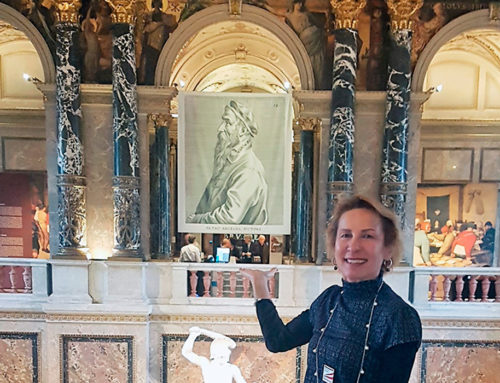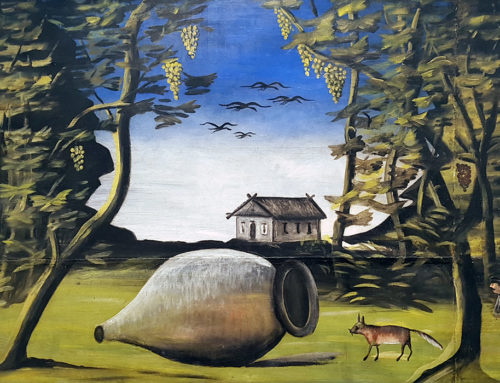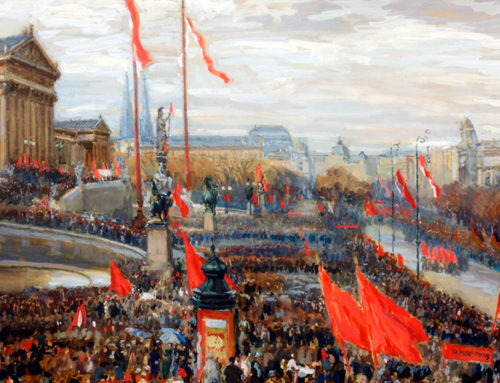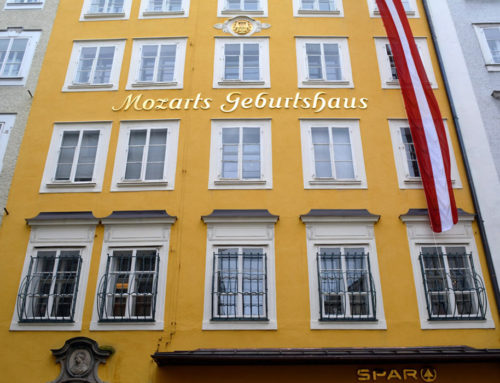The Emperor Franz Joseph I, Emperor of Austria and King of Hungary, passed away one hundred years ago. He had reigned for 68 years. Franz Joseph was born in 1830, became Emperor at the age of 18 and remained as such until his death on 21 November, 1916.
To commemorate this occasion, there are various exhibitions and publications, offering a glimpse into the sunken world of the monarchy, during which time Austria became the second largest country in Europe, following the Kingdom of Russia.The double kingdom of Austria-Hungary had been a very cosmopolitan state since 1867, covering an area from Krakau and Lemberg to the Adriatic. Comprising 52 million inhabitants speaking more than a dozen languages.
Franz Joseph survived 150 Monarchs of his era. He guaranteed stability during a time of economic, social and technical upheaval. At the time Franz Joseph was crowned Emperor, post carriages were driving through the streets. At the beginning of the 20th century, trains, aeroplanes, telephone, and many developments in science, technology and medicine had been achieved.
During his life, Franz Joseph, experienced both private and national tragedies. His son, crown prince Rudolf, committed suicide, his wife, Elisabeth, alias Empress Sissy, was assassinated. Maximilian, his brother, Emperor of Mexico was executed, and culminating these tragedies, his nephew and heir to the throne, Franz Ferdinand, was assassinated in Sarajevo. This triggered World War I, and was the end of the old world. In 1918, and after a lost war, Franz Joseph’s successor to the throne, Emperor Karl I was forced to abdicate.












